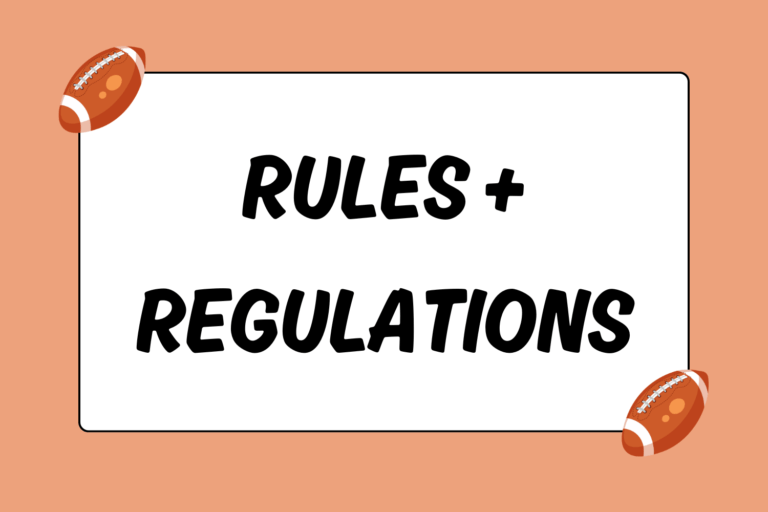During the normal course of a football game, four quarters must be played for the game to officially count. However, if the fourth quarter ends in a tie, the game continues beyond regulation time to determine the winner. This extra time is called overtime, and comes with an additional set of structures and rules. Here’s a look at how overtime works in each of the different types of football.
Professional Football (NFL) Overtime Rules
At the highest level of football, the overtime procedure begins just like a normal game: A coin flip determines which team kicks off/plays defense, and which team receives the kick/plays offense. Once the sides have been established, the kickoff begins the extra period. During the regular season, one additional 15-minute quarter is played, and the first team to score any points wins the game. If the score is still tied at the end of that quarter, the game officially ends in a tie.
During the playoffs, however, a different overtime structure is used. The extra period begins just as it’s outlined above — coin flip to determine sides, followed by a kickoff — but after that, the outcomes are situational. Here’s a breakdown of the possible scenarios:
- Team A receives the kickoff and scores a touchdown on their first possession. The game is over and Team A wins.
- Team A receives the kickoff and only scores a field goal. Team A kicks off to Team B, giving Team B a chance to either tie (with a FG) or win (with a TD) the game.
- Each team scores a field goal on their first possessions. The ball is kicked back to Team A, and sudden death rules apply — the first team to score, wins.
In both the regular season and the playoffs, both teams get one timeout to use during overtime, regardless of how many each side has at the end of regulation.
College Football Overtime Rules
In stark contrast to the NFL, college football’s overtime rules are built around a more balanced approach. Most noticeably, both teams play offense and defense before a winner can be declared; this is defined by the term “possession.” One possession is the time it takes for each team to play both offense and defense.
Here’s a look at the overtime structure for college football:
Step 1: Picking Sides
A coin flip is performed. The team that wins the flip chooses to start either on offense or defense. For example, say Team A wins the toss and chooses to play offense. Team B would be on defense.
Step 2: Starting the Possession
Starting from Team B’s 25-yard line, Team A will attempt to score points. Normal playing rules apply: Team A has four downs to either score or gain 10 yards for another set of downs.
Step 3: Switching Sides
After Team A either scores or fails to put points on the board, Team B takes over on offense from Team A’s 25-yard line. They now have four downs to either score or gain 10 yards for another set of downs.
Once each team has played both offense and defense, the possession is over. If one team has more points at the end of the possession, that team wins. If not, another possession starts. Possessions will continue to be played until one team has more points than the other. Also, after the third possession has ended, both teams are required to go for a two-point conversion if a touchdown is scored, rather than the PAT.
Mental Edge
If a defensive player manages to force a turnover (either by interception or fumble recovery) and scores a touchdown, the points will count and — depending on the score of the game — could win it for that player’s team. If the player doesn’t score, it still counts as stopping the offensive team, and the teams switch sides.
Other Overtime Rules
The other types of football — Canadian, Arena and high school — use an overtime structure that’s similar to college football. However, there are several characteristics unique to each of these formats:
- Canadian football overtime: Possession starts on the opponent’s 35-yard line, and the offense must go for a two-point conversion after any touchdown.
- Arena football overtime: One possession is played. If the game is still tied after that possession, sudden-death rules apply.
- High school overtime: Overtime rules and structures vary from state to state, but most schools abide by the college system. However, some states don’t even allow overtime during the regular season (only in the playoffs). For those that do, though, the factor that varies the most is where the offense begins their possession. The offense starts anywhere between the 10-yard line to the 25-yard line, depending on the district’s rules.
Play Until the Very End
When a football game goes into overtime, it’s usually a very exciting affair. The added pressure makes every decision and move count even more than normal, and the unique rules that apply only add to that intensity. Hopefully you now have a better understanding of how overtime works in the various forms of football!





